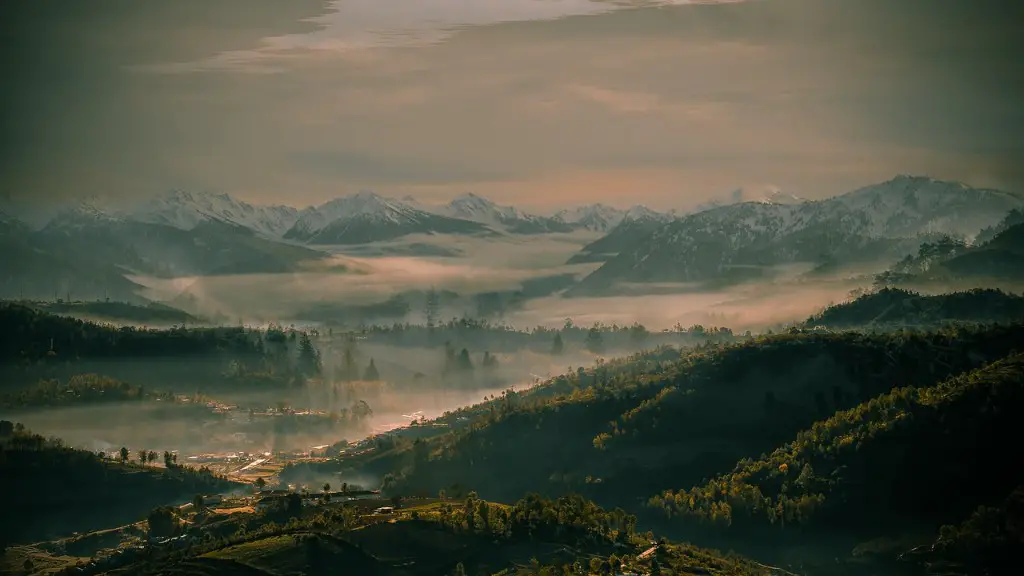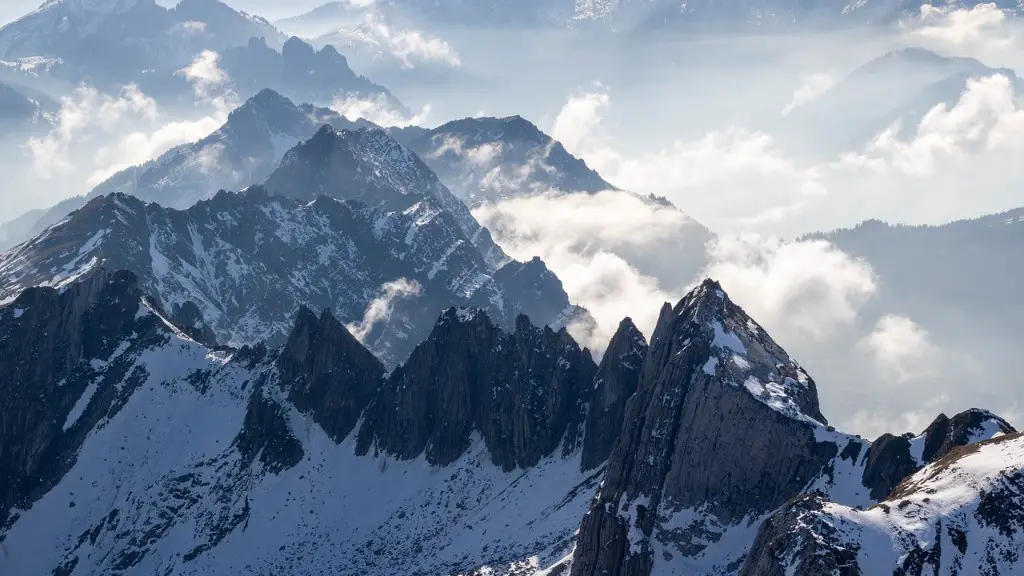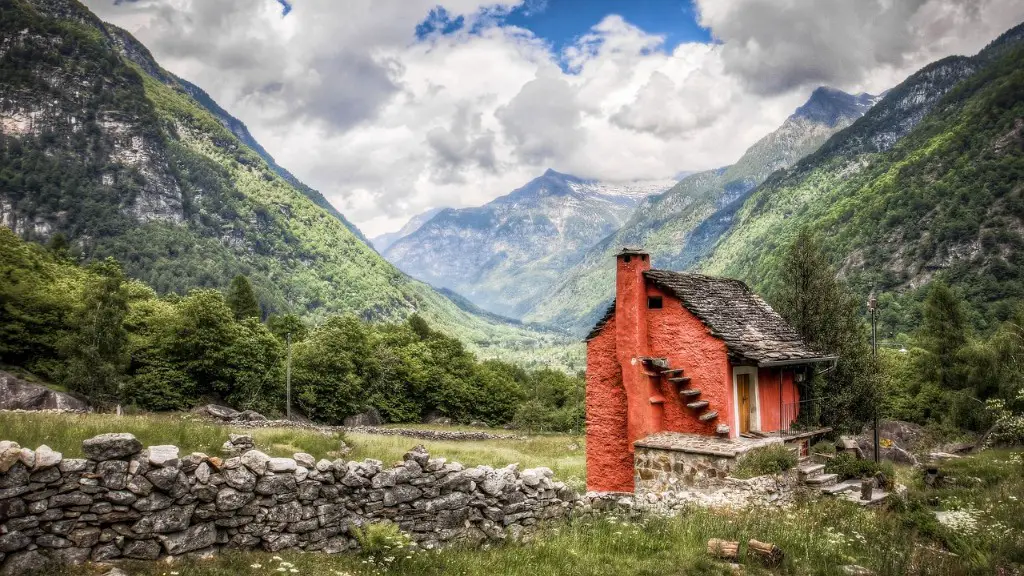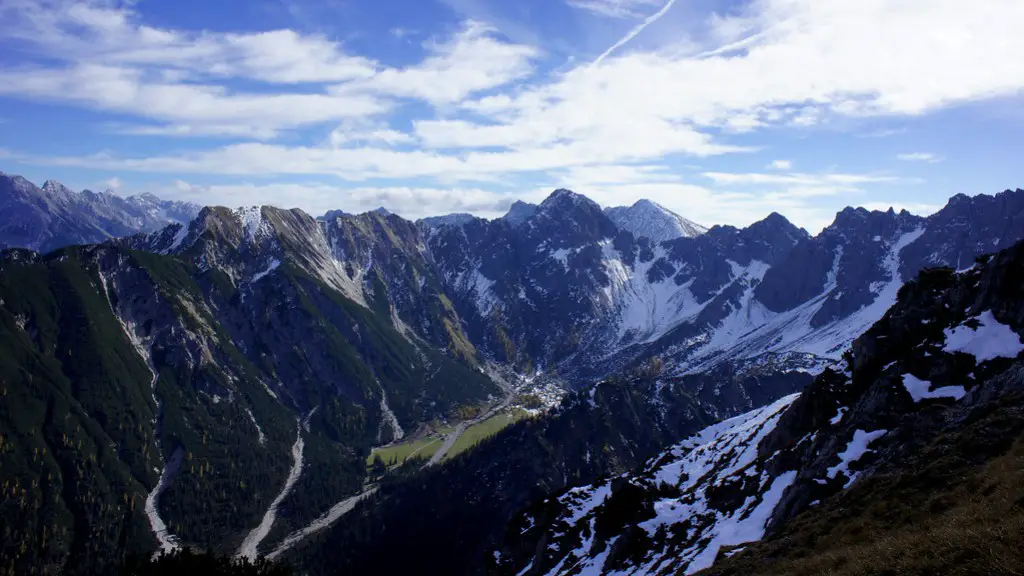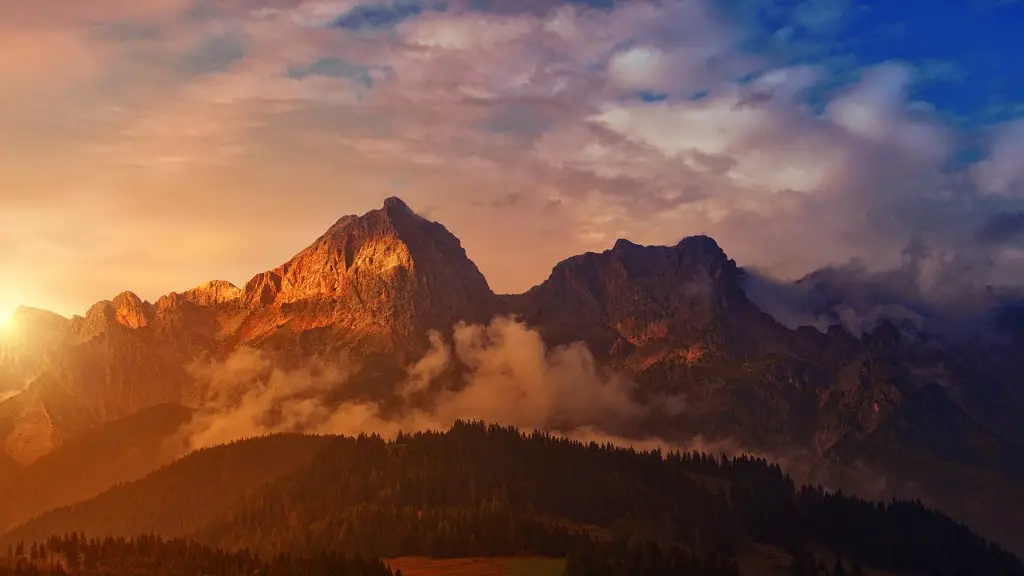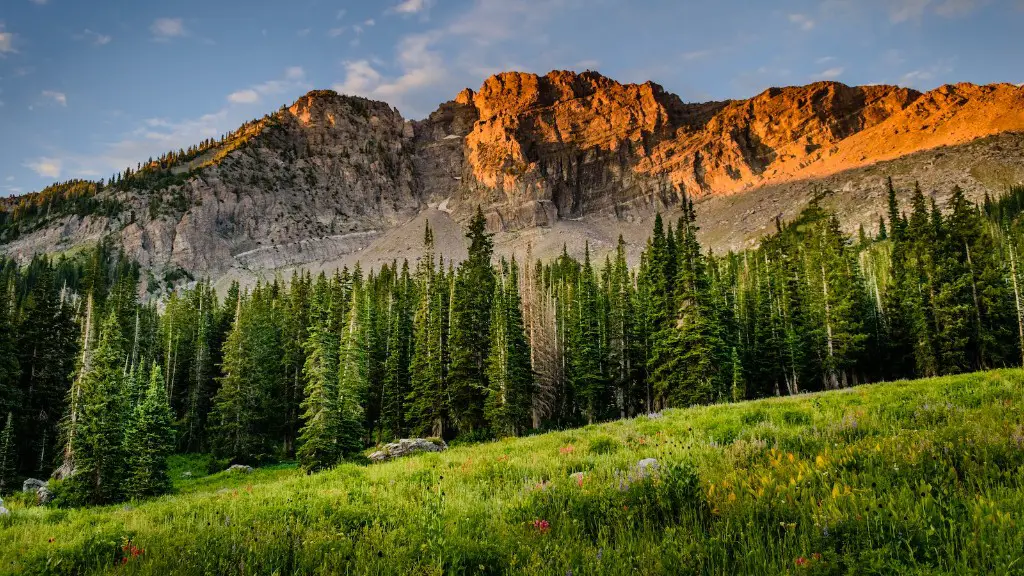Mount Fuji is an active volcano that last erupted in 1707. The type of eruption it had was called a Plinian eruption. This is a type of eruption that is named after the Roman historian Pliny the Younger, who witnessed the 79 AD eruption of Mount Vesuvius. A Plinian eruption is a large, explosive, and very destructive type of eruption. It is characterized by a tall column of ash and gas that rising up into the atmosphere.
Mount Fuji is a stratovolcano, which means it is built up by layering of lava flows and ash. This makes for a very steep volcano, with a typical conical shape.
What type of eruption is Mount Fuji?
The Fuji volcano in Japan is an example of a mixed magma chamber. The compression of the magma chamber at the bottom caused basaltic lava to rise to the higher dacitic magma chamber. The mixing of the two different types of magma caused a Plinian eruption to occur.
Eruptions at Mount Fuji can be either explosive or effusive. The two largest eruptions in the last 2000 years were of different styles: the 864–866 CE Jogan eruption was effusive, while the 1707 Hoei eruption, the most recent eruption, was explosive.
Does Mount Fuji have explosive eruptions
The volcano’s steep, conical profile is the result of numerous layers of lava and debris from explosive eruptions, including ash, cinders, and volcanic bombs, that build up over time. Volcanoes are formed when hot molten rock (magma) and ash escape from an opening in the Earth’s surface. The magma and ash solidify and form a cone-shaped mountain. Over time, repeated eruptions can cause the cone to grow taller and wider.
Basalt is a type of rock that is formed from the cooling of lava. It is a very hard rock that is used in many construction projects. The lava that forms basalt is usually very hot and can cause serious injuries if it comes into contact with skin.
What occurs in a Plinian eruption?
Plinian eruptions are named for Pliny the Younger, who witnessed the eruption of Mount Vesuvius in 79 AD. These eruptions are characterized by a large explosive eruption column that can reach heights of many tens of miles and spread out into an umbrella shape. The column is typically composed of a mixture of hot gas, ash, and rock debris. The column may collapse due to its own weight, resulting in thick pyroclastic flows that can travel long distances and cause extensive damage. Plinian eruptions are some of the most dangerous types of volcanic eruptions, due to the potential for widespread destruction and loss of life.
The activity at the volcano became explosive and there were major pyroclastic falls from the summit crater. Pyroclastic flows also occurred during this stage, with the deposits being found on the southern and western slopes of the volcano.
What was Mount Fuji’s most destructive eruption?
The Hōei eruption was one of the most disastrous eruptions in Japanese history. It occurred from 1707-1708 and had a devastating effect on the people living in the Fuji region. The tephra released from the volcano caused an agricultural decline, leading many in the Fuji area to die of starvation. Volcanic ash fell and widely covered the cultivated fields east of Mount Fuji, destroying crops and making it difficult for people to grow food. This led to a period of great hardships and many people died as a result.
A volcano can erupt quietly if its magma is low in silica. Low-silica magma is thin and runny and flows easily. The gases in the magma bubble out gently. Low-silica lava oozes quietly from the vent and can flow for many kilometers.
Which volcano is at least explosive
Shield volcanoes are the least explosive of all volcanoes. Most of the material they produce is in the form of lava, rather than the more explosive pyroclastic material.
Mount Fuji, Japan, is a classic example of a volcanic cone. On December 16, 1707, scientists recorded the last confirmed eruption of Mount Fuji, Japan’s highest point. Fuji is composed of several overlapping volcanoes. The top two are known as “Old Fuji” (Ko Fuji) and “Young Fuji” (Shin Fuji).
When did Mount Fuji last explode?
Mount Fuji is a potentially active volcano that is monitored 24 hours a day due to the extensive damage that could be caused by an eruption. The last signs of volcanic activity at Mount Fuji occurred in the 1960s, and the volcano has been dormant since an eruption in 1707.
Mt. Fuji is an absolutely breathtaking mountain. It is Japan’s tallest mountain, standing at 12,388 feet. This grand mountain is a product of the subduction zone that straddles Japan. The Pacific Plate (to the north) and the Philippine Plate (to the south) subducting underneath the Eurasian plate. Mt. Fuji is an active volcano that last erupted in 1707. It is said that Mt. Fuji is so beautiful that it has inspired artists and writers for centuries. The mountain is a popular destination for hikers and climbers. If you ever have the chance to visit Japan, be sure to check out Mt. Fuji!
Is Mt. Fuji a cinder volcano
Mount Fuji is a large, composite volcano located in central Japan. It is the highest mountain in the country and is very popular with climbers and tourists. The volcano is made up of multiple layers of different materials, which have been deposited from previous eruptions. These layers include lava, ash, and cinders. Mount Fuji is classified as a composite volcano because of these multiple layers.
There is no need to worry about Mount Fuji erupting any time soon!
What would happen if Mount Fuji erupted again?
An eruption could threaten the lives of over 8 million people in Tokyo and nearby areas, as well as destroy roads and railways connecting some of Japan’s most populous cities. The resulting damage and disruption could have a devastating impact on the country’s economy and infrastructure.
Hawaiian eruptions are caused by low-viscosity, low-silica magma, and are characterized by continuous lava fountaining and lava flows. Strombolian eruptions are caused by slightly more viscous magma, and are characterized by periodic lava fountaining and lava flows. Vulcanian eruptions are caused by even more viscous magma, and are characterized by explosive ash eruptions. Plinian eruptions are caused by extremely viscous magma, and are characterized by the ejection of large amounts of ash and gas into the atmosphere.
Is Plinian eruption effusive or explosive
Plinian eruptions are some of the most dangerous volcanic events. They are characterized by large lava fountains and really fluid lava flows. This can be really dangerous for people nearby.
Pellean and Plinian eruptions are the most dangerous and explosive of the eruption types. Pellean eruptions are named for the catastophic eruption on the island of Martinique in the Carribean Sea in 1902. The eruption and the pyroclastic flow that followed killed 29,000 people almost instantly. These types of eruptions are particularly dangerous because of the high speeds at which the pyroclastic flows can travel, and because they can generate enormous amounts of heat and ash. If you are in the vicinity of one of these eruptions, it is important to evacuate immediately and get to a safe location.
Conclusion
Mount Fuji has had several types of eruptions in the past. The most recent eruption was in 1707, which was a Plinian eruption. Other eruptions have included Hawaiian, Strombolian, and Vulcanian eruptions.
The eruption of Mount Fuji is classified as a Plinian eruption. This type of eruption is characterized by a column of gas and ash that rises into the stratosphere and can be seen for hundreds of kilometers.
